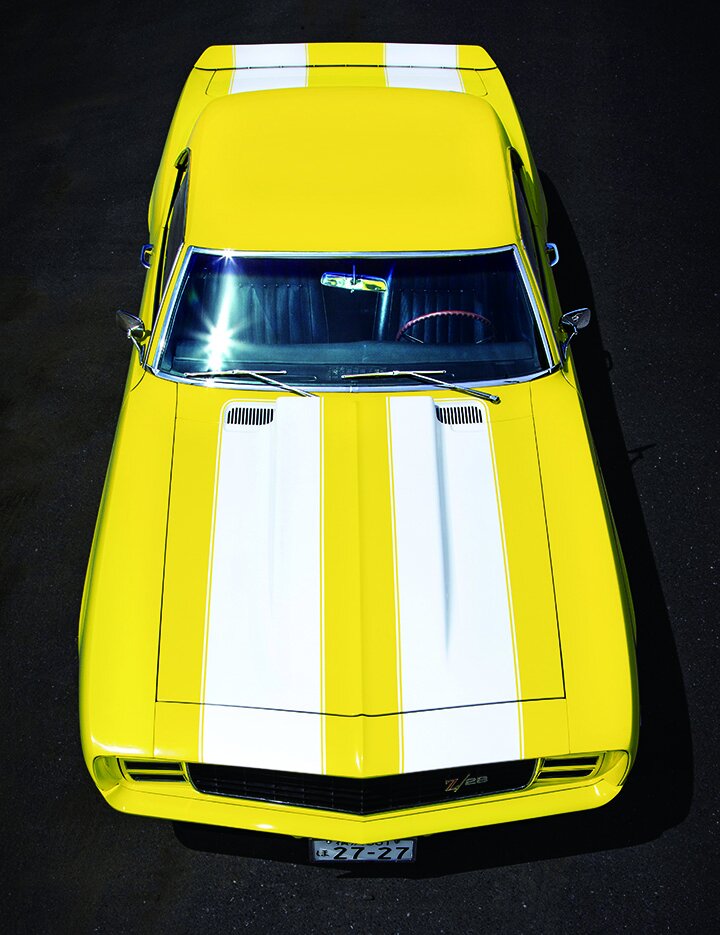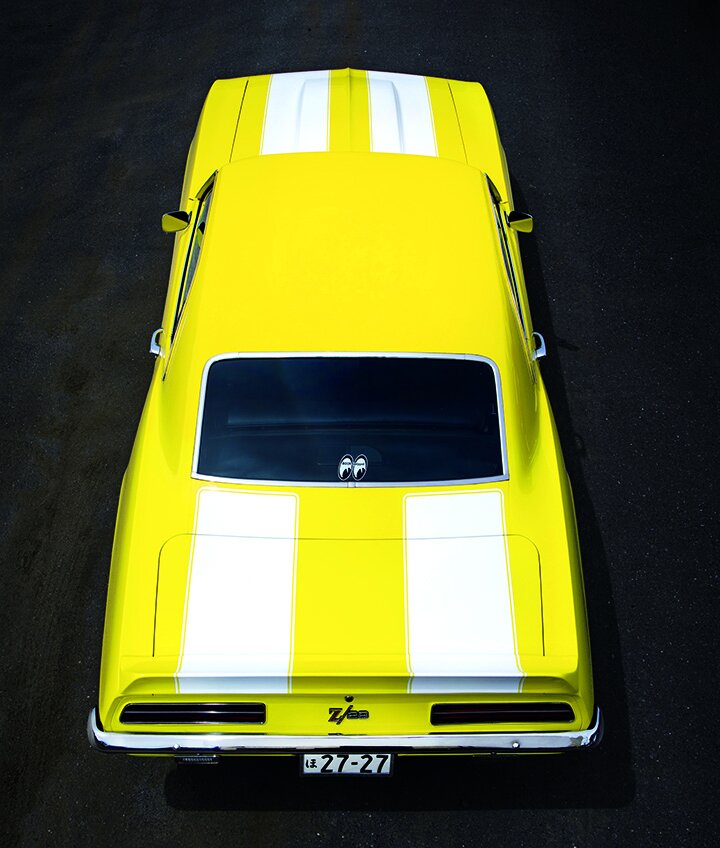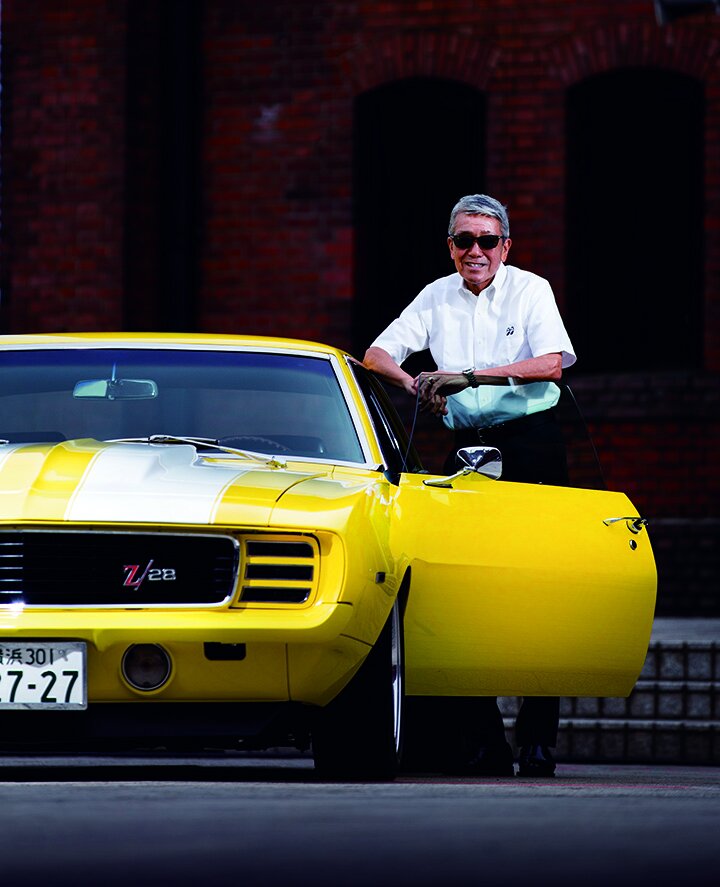MQQNeyes ’69 Camaro Z28 with Rally Sport Package
July 2021 • Photos courtesy MQQNeyes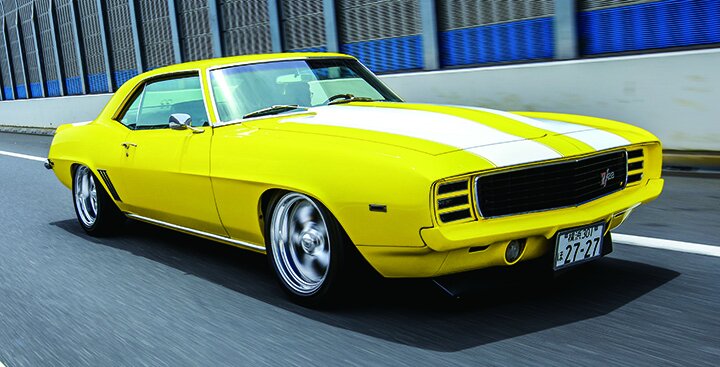
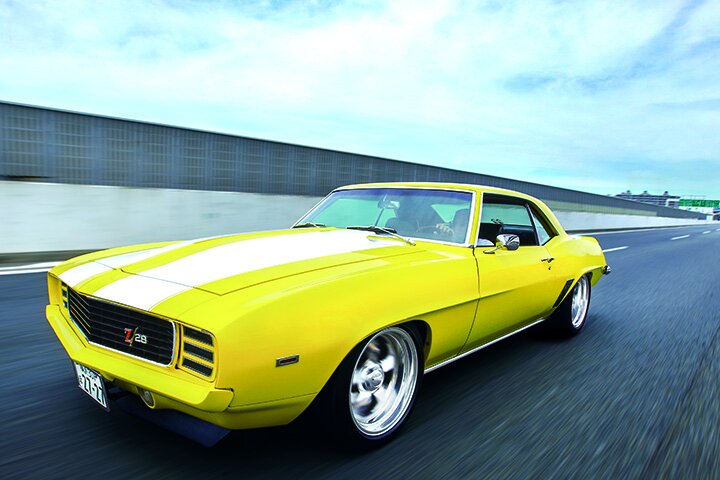
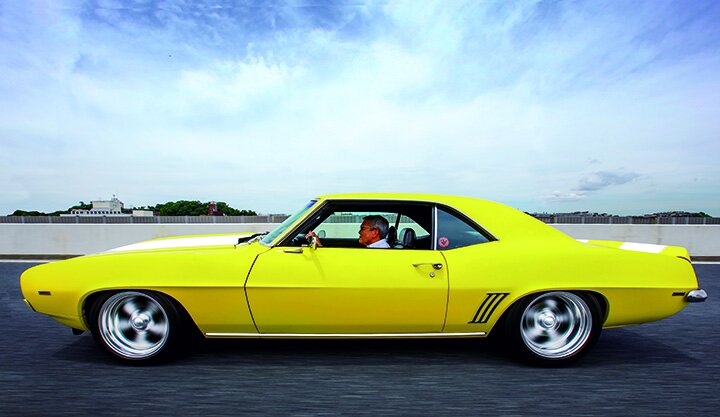
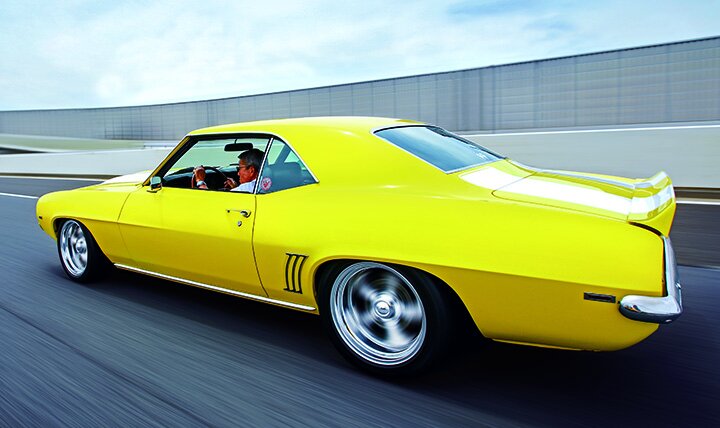
When MQQNeyes builds a ’69 Camaro Z/28 RS you know it’s going to be badass, well, as badass as a yellow car can be.
Introduced for the 1967 model year, the Camaro was Chevrolet’s answer to the Ford Mustang that was absolutely killing it in the sales department. GM was caught back footed by the Mustang and had to hustle to get something exciting to market. According to current GM design chief Ed Welburn, “The Camaro should not have been a design success, as it was based on existing architecture and admittedly hurried to market to address the personal coupe revolution with Baby Boomer customers. However, the first-generation Camaro delivered a pure, classic proportion that will forever be regarded as one of the best-looking cars of all time.”
The one-year-only sheet metal deviated from the classic Coke bottle ’67 adding cartoonish but not un-cool speed lines to the tops of the front and rear fenders. Optional were spoilers, a forced-air induction hood and those vacuum-operated ‘flipping’ headlights that deteriorated with age. They were problematic particularly on the 375/396 combo that didn’t always create enough vacuum to operate them.

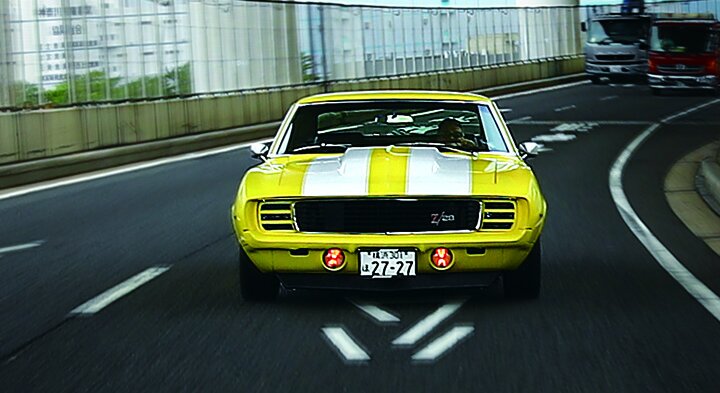
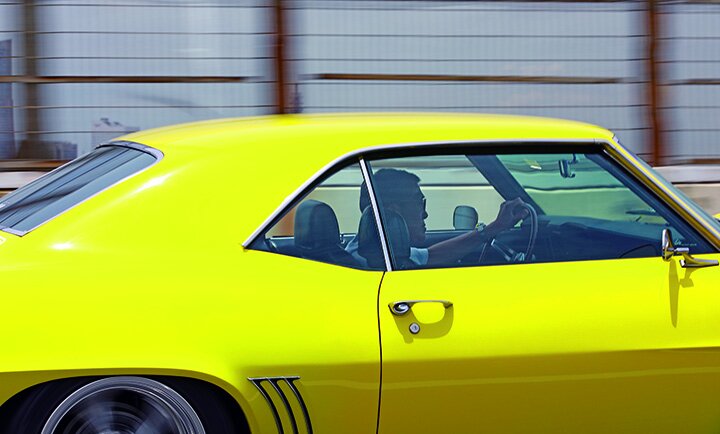
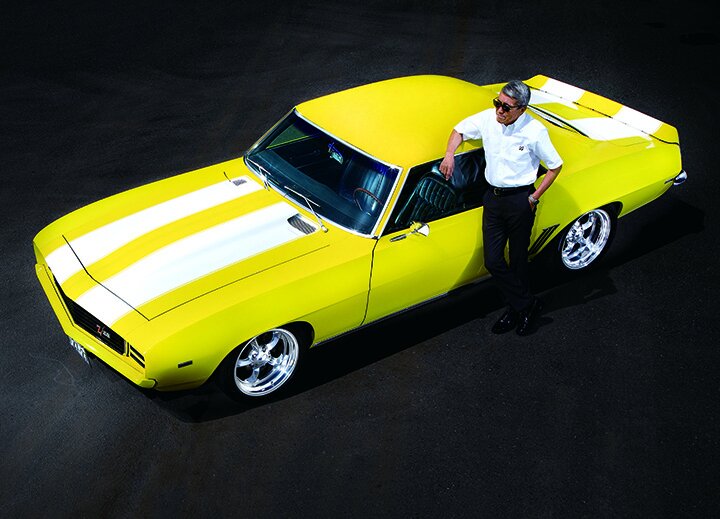
Under the optional cowl-induction hood you could choose from a variety of powerplants from a lowly 140 hp Turbo-Thrift 230 ci six through a selection of ‘Extra Cost Engines’ such as a 250 hp Turbo-Fire 350 to the king of the hill ‘boss’ 325 hp Turbo-Jet 396. The 396 came with ‘porcupine’ heads, a 4-bbl carb and dual exhausts.
The 290 hp-rated 302 was the only engine option for the Z/28 and the 302 was only available in the Z/28. Chevy built it by dropping a 283 crank into a 327 block.
In the case of Shige Suganuma’s ’69, that he has owned for 25 years, it is powered by a high-compression 302 coupled to a close-ratio Muncie M21 4-speed with a Hurst shifter. The engine was blueprinted and the chassis restored by Garage Pirates, Hokkaido, Japan
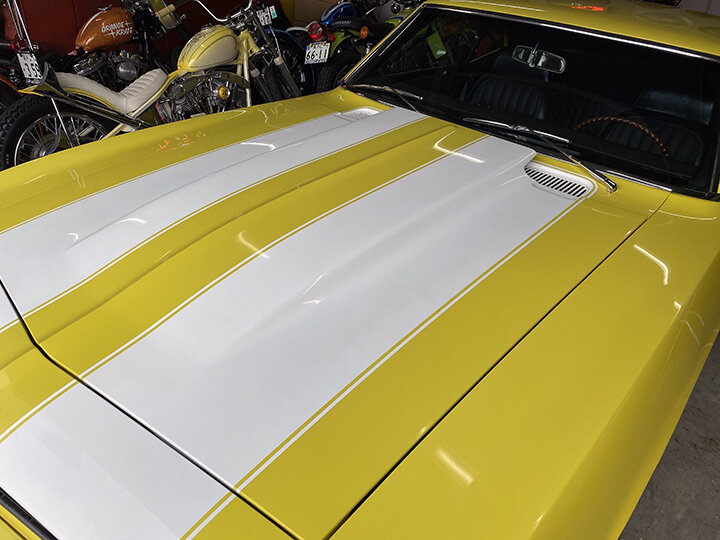
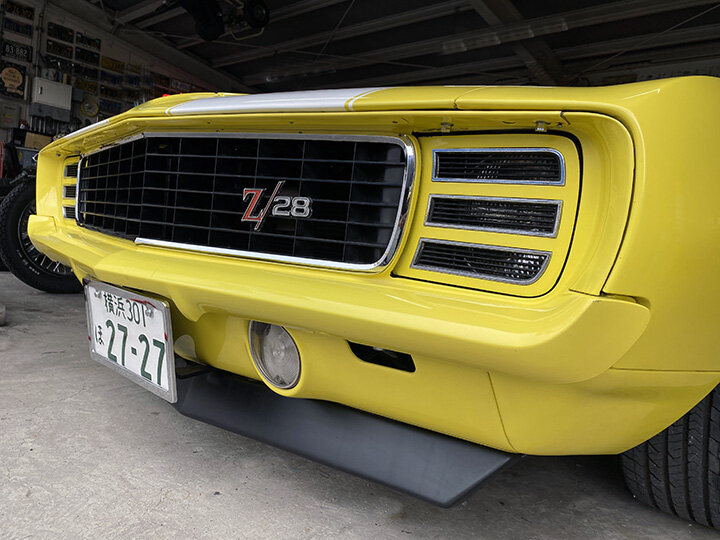
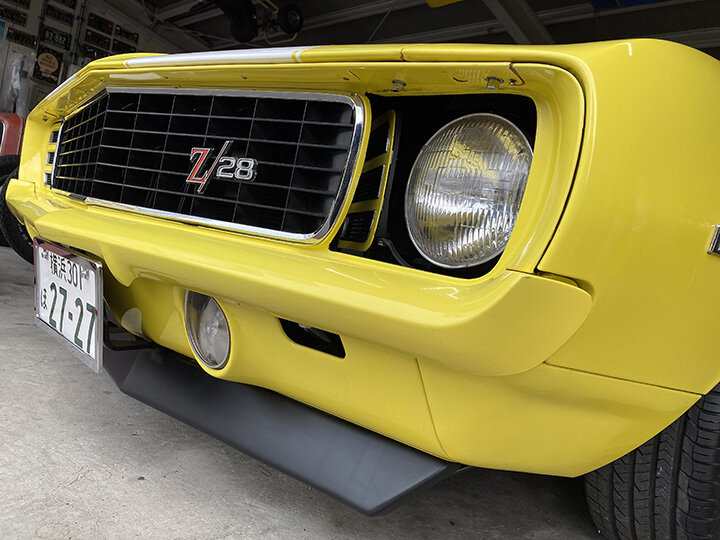
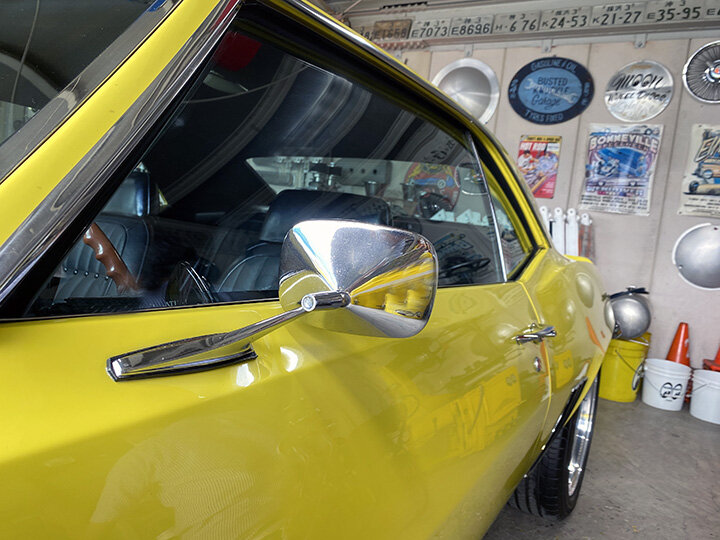
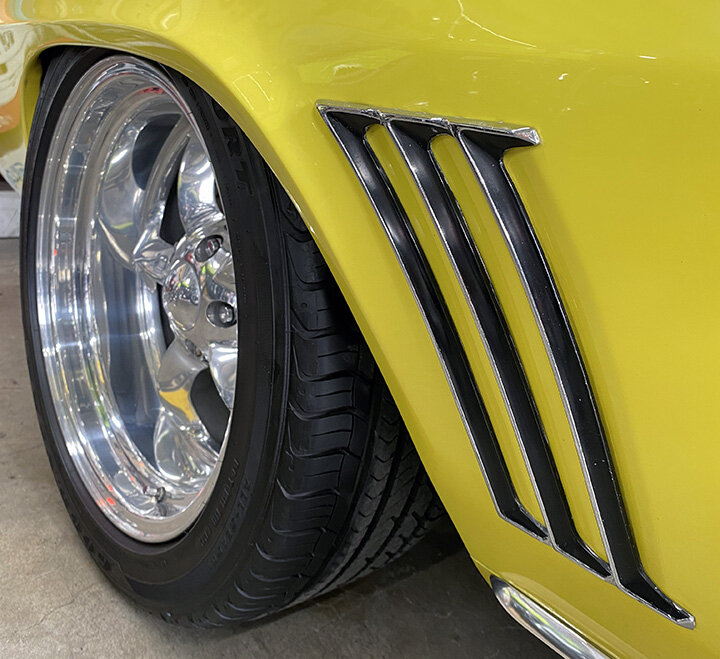
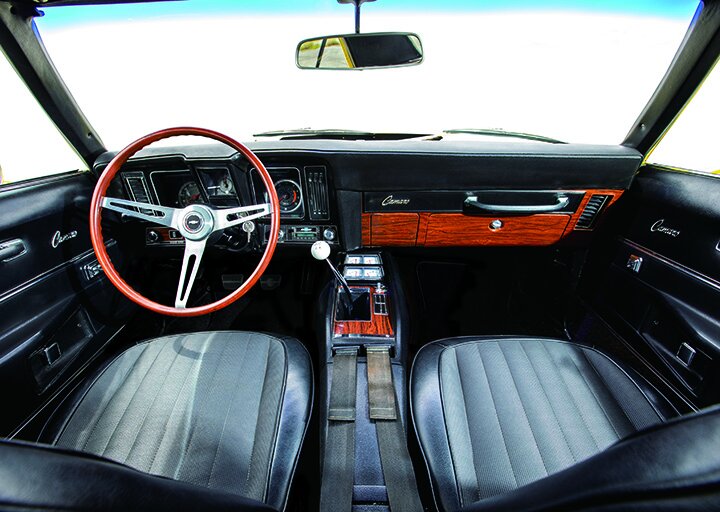
The Z28 only came with a 302 and the 302 was only fitted to the Z28 and its reason d’être is that 302 ci was just under the 5.0-liter homologation requirement for SCCA Trans-Am racing. And, it made sense for Chevy because they could drop a 283 crank into a 327 block and voila, 302 cubes. The 302 also enjoyed solid lifters and a 650 cfm Holley. And, while rated at 290 hp it actually produced more like 400 hp with 290 lb-ft of torque at 4,200 rpm.
Race bred on the road courses of America, most notably the Penske-Hilton Racing Sunoco Camaros, the Z28 enjoyed disc brakes on the front as standard with optional rear discs. There was an F41 handling package, quick-ratio steering and optional Positraction.
Externally, the Z/28 RS evidenced special badging, special striping, exclusive back-up lights in the pan below the rear bumper and special white-lettered Goodyear Wide Tread GT E70x15 tires on 7-inch rims. In the case of Shige’s Camaro the wheels are original Boyds Junkyard Dog 5-spokes fitted with Goodyear tires: 215/45R17 fronts and 245/45R17 rears.
A final telltale sign of a genuine Z/28 RS are the option-exclusive, horizontally split taillight assemblies that were quite different from the stock Camaro rear lights and that’s all you will see as Shige accelerates away in one of the coolest and yellowest Camaro Z/28 RS this side of the MQQN.





